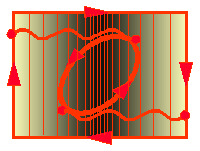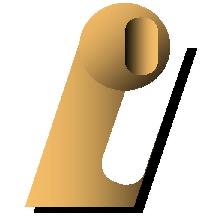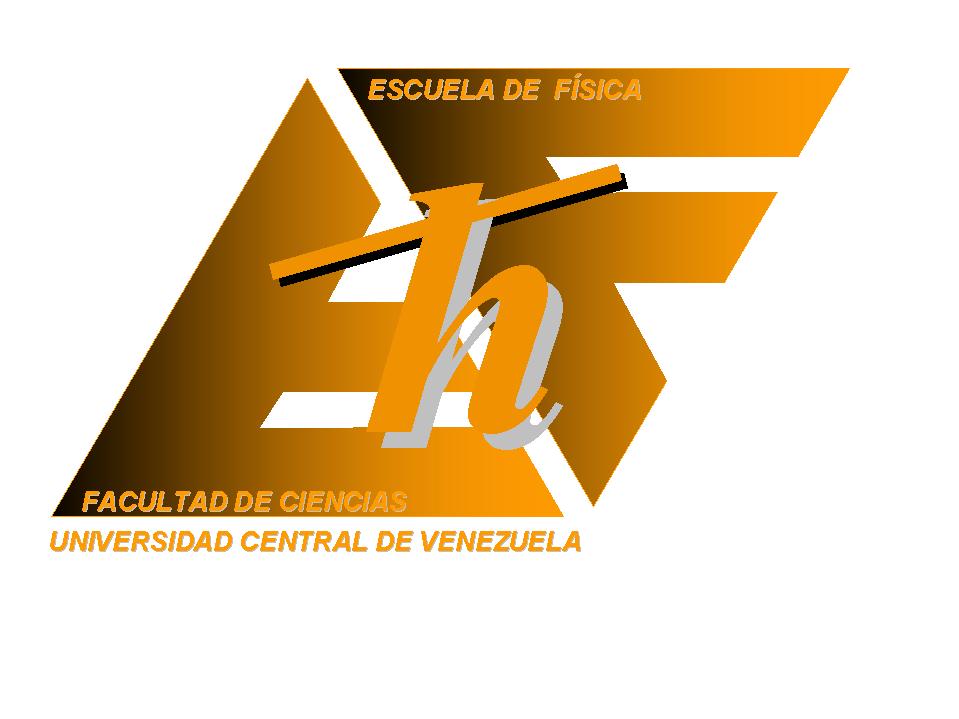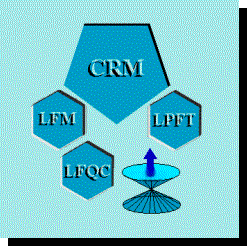
«Published at the World Wide Web of INTERNET on March 18th 2001.»
To go back click on the «Back» button at the button bar or go to the «return index» at the bottom of this page
 «Published at the World Wide Web of INTERNET on March 18th 2001.» To go back click on the «Back» button at the button bar or go to the «return index» at the bottom of this page |
|
1Facultad de Medicina 2Laboratorio de Física y Química Computacional, Centro de Resonancia Magnética Escuela de Física, Facultad de Ciencias Universidad Central de Venezuela Postal Address: Apartado Postal 47586, Caracas 1041-A, Venezuela
[Poster presentation, World Congress on Medical Physics and Bioengineering, Chicago, USA, July 23-28, 2000.] Abstract
|
[Web page manteined by Prof. Rafael Martín, updated on march 18th, 2001]  Click here to go back to the Medical Physics Graduate Course Home Page Click here to go back to the Medical Physics Graduate Course Home Page Click here to go back to the Physics Graduate Course Home Page Click here to go back to the Physics Graduate Course Home Page Click here to go back to the Instrumentation Graduate Course Home Page Click here to go back to the Instrumentation Graduate Course Home Page Click here to go back to the School of Physics Home Page Click here to go back to the School of Physics Home Page Click here to go back to the Center for Magnetic Resonance Home Page Click here to go back to the Center for Magnetic Resonance Home Page Click here to go back to the Laboratory for Statistical Physics and Collective Phenomena Home Page Click here to go back to the Laboratory for Statistical Physics and Collective Phenomena Home Page |